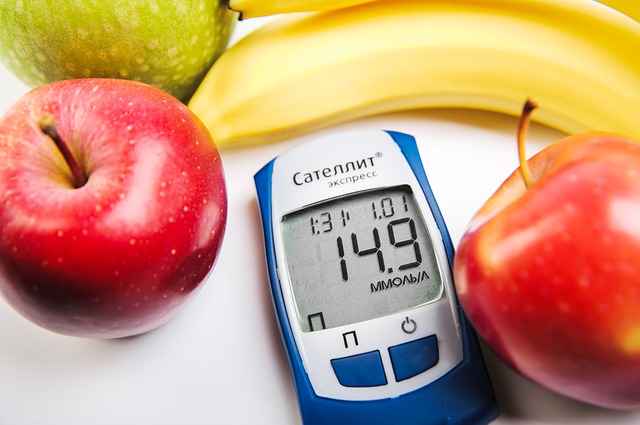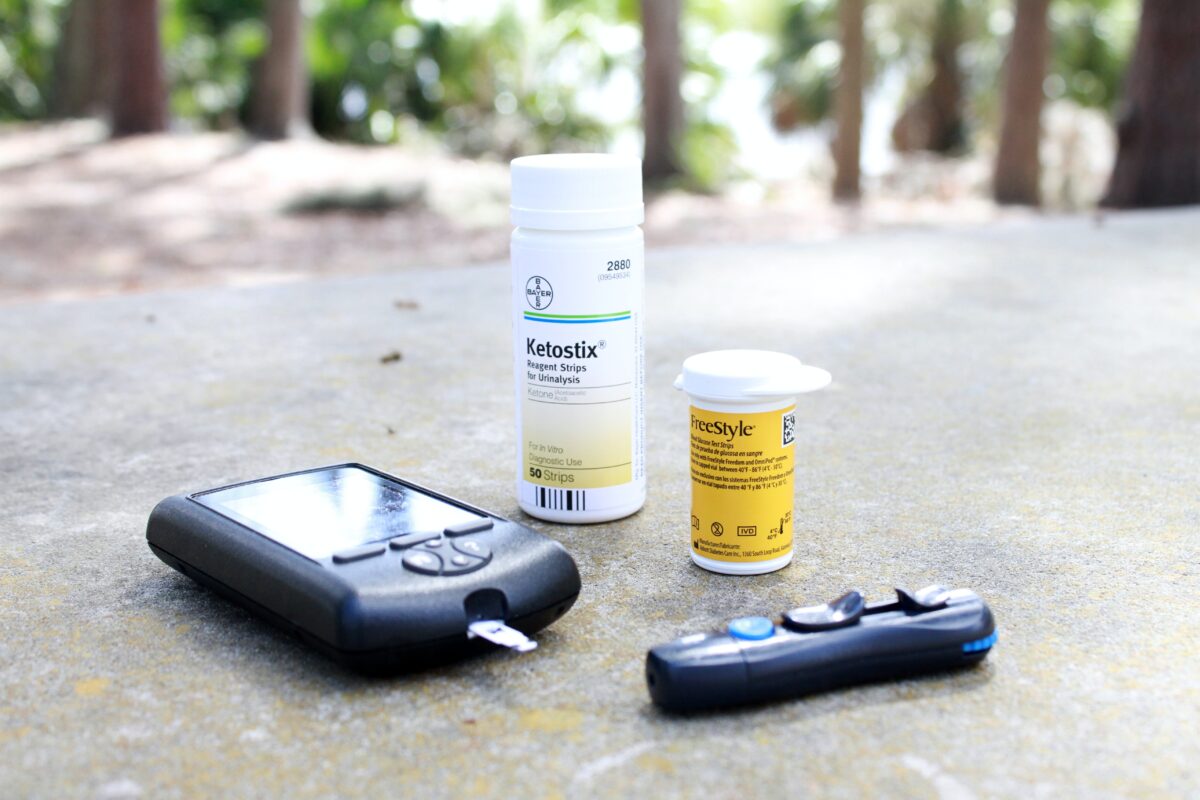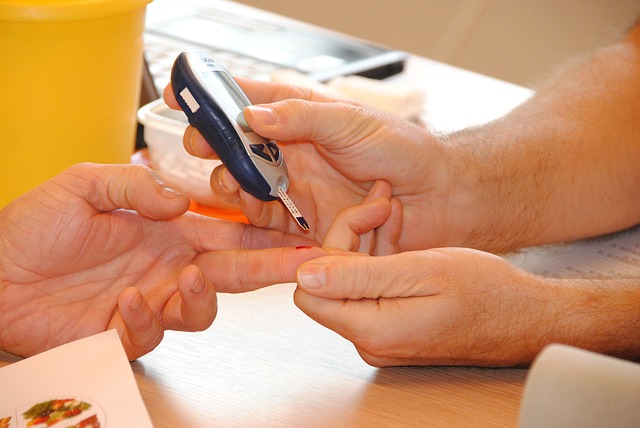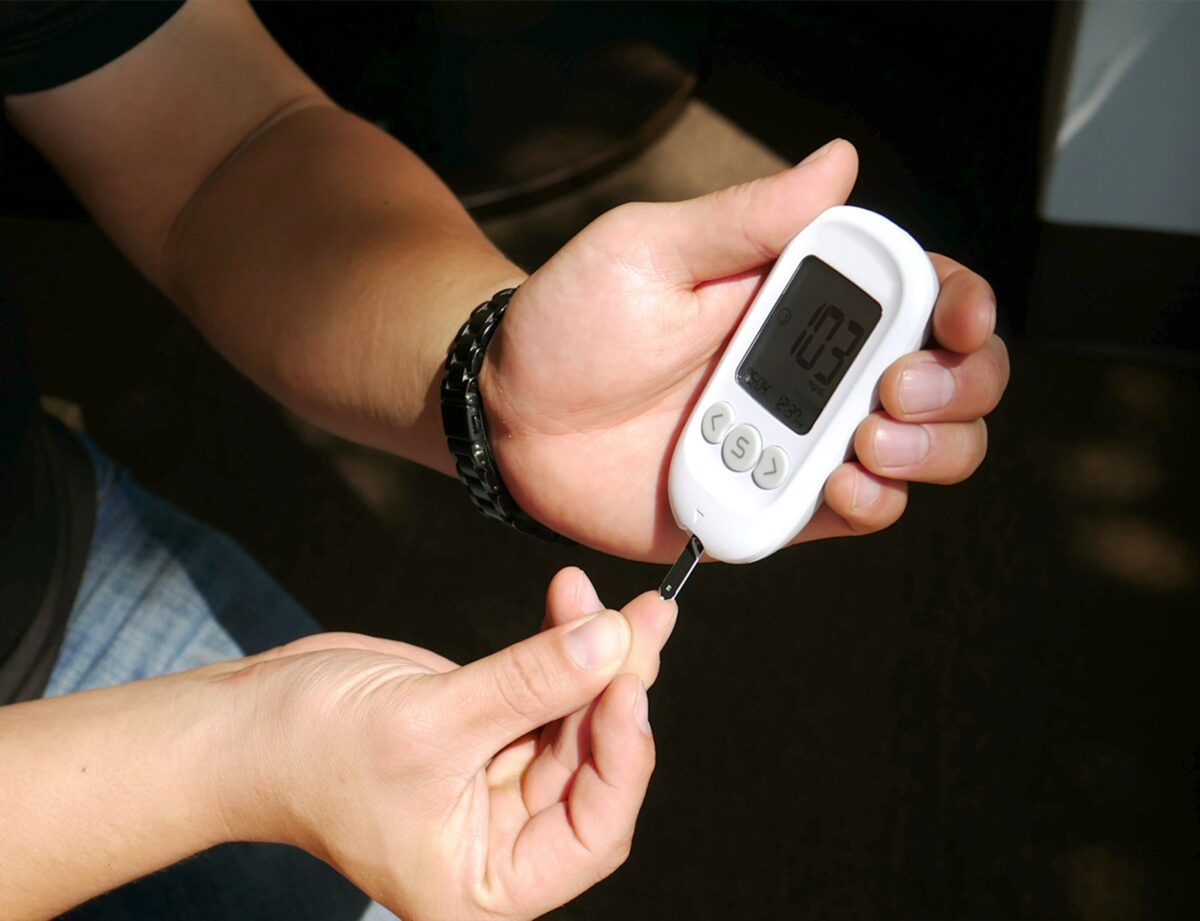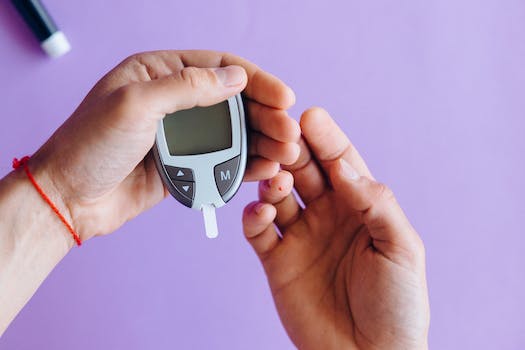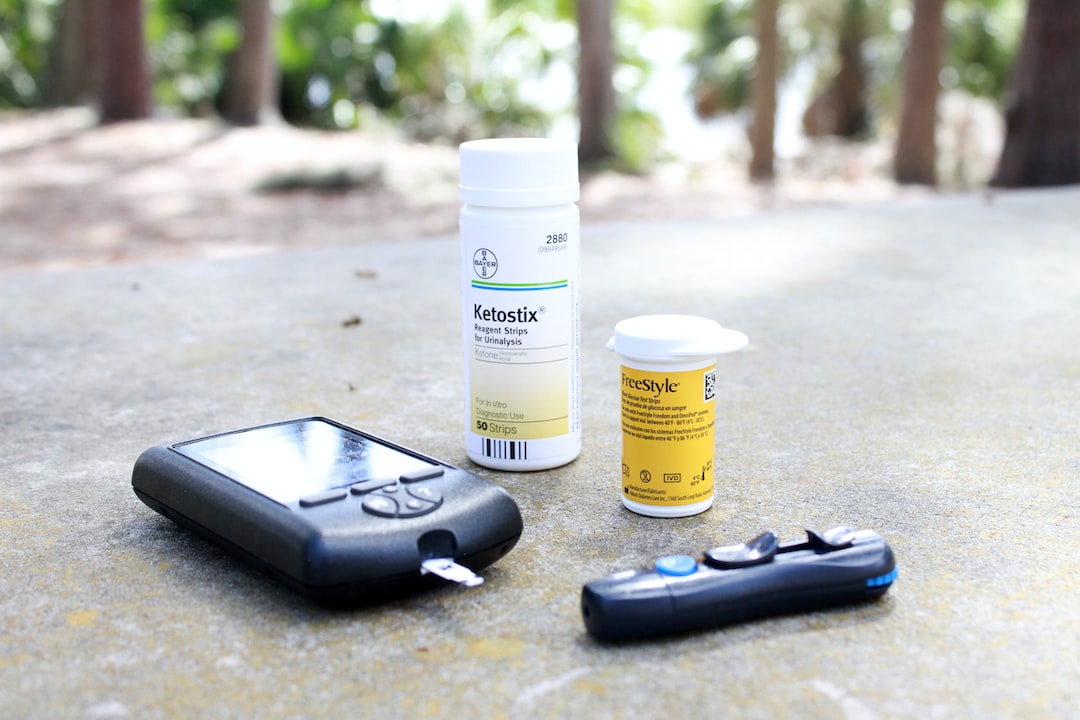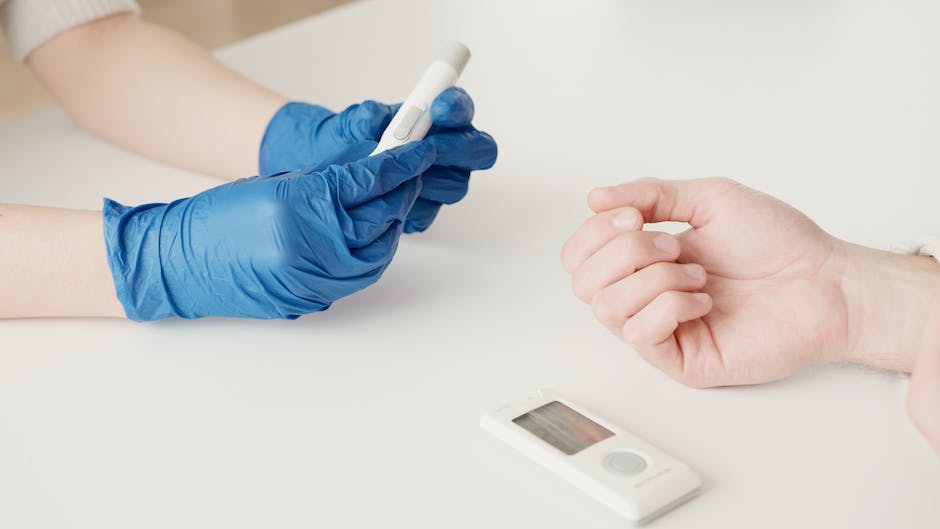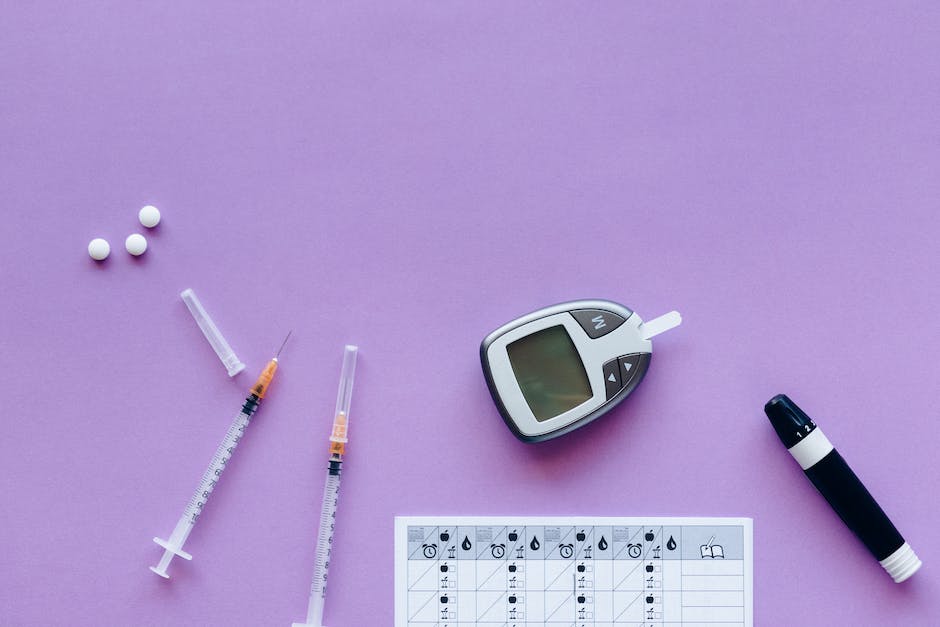Diabetes management often involves regular blood glucose monitoring, leading many patients to accumulate an excess of test strips over time. This phenomenon raises the question, “Why do people have extra diabetes test strips?” Factors such as changes in medication, alterations in testing frequency, or even the transition from one type of insulin to another can leave individuals with surplus strips. Additionally, some may find that their healthcare provider has recommended different testing protocols, compelling them to switch brands or types of strips. The accumulation of these test strips requires proper disposal to mitigate health risks and environmental impact.
When it comes to disposing of expired diabetes test strips, it’s crucial to follow appropriate guidelines to ensure safety. These strips can contain biological materials such as blood, and improper disposal can potentially pose a health hazard to sanitation workers or the environment. Ideally, individuals should place used or expired test strips in a sharps disposal container if they have been used with blood. These containers are specifically designed to keep hazardous materials secure, minimizing the risk of needle-stick injuries or contamination.
For those with clean, unused test strips that have simply expired, the best course of action is to take them to a local pharmacy or healthcare facility that participates in a medication take-back program. Many pharmacies offer services that allow patients to return expired or unused medications, including diabetes supplies, for safe disposal. This ensures that the test strips are properly handled without contributing to waste in landfills or harming the environment. Additionally, some community programs may offer dedicated drop-off events, allowing patients to responsibly dispose of their excess supplies.
Ultimately, understanding the importance of proper disposal of expired diabetes test strips cannot be overstated. It not only protects public health and safety but also promotes responsible stewardship of medical waste. Patients are encouraged to remain proactive in managing their diabetes supplies, ensuring that expired or unnecessary items are dealt with carefully. By raising awareness around this issue, we can collectively foster healthier practices within our communities while supporting those who depend on these medical devices for their daily health management.
We Buy Unused Diabetic Test Strips and Supplies
If you would like to find out about earning cash for your unwanted, unused, and boxed test strips, complete our online quote form today.
If you have extra, unopened and unused boxes of diabetic test strips – whether you have switched brands, no longer need to test or test less frequently, or have a loved one who has passed away – don’t let them gather dust until they’ve expired and end up in the trash. We’re the best place to sell diabetic test strips online, and if you want to sell your test strips, we’re here to make the process easy and enjoyable!
Visit us at Sell Your Test Strips and get your free quote today!

